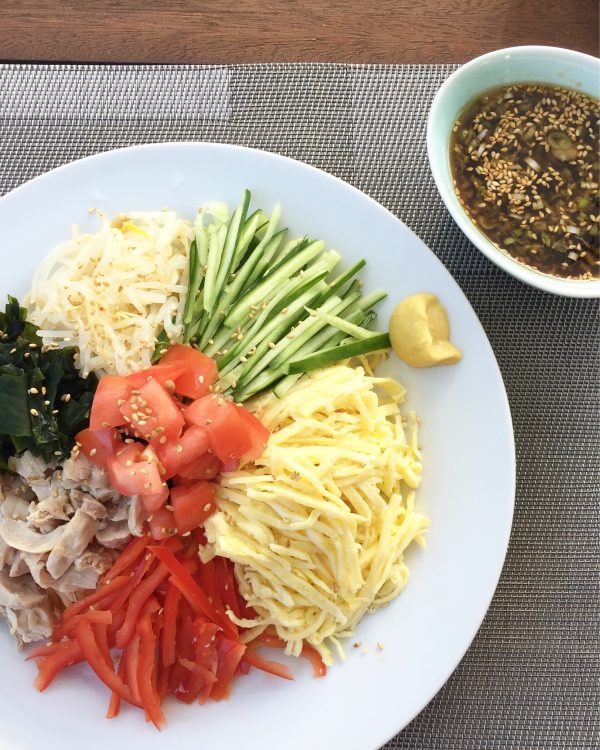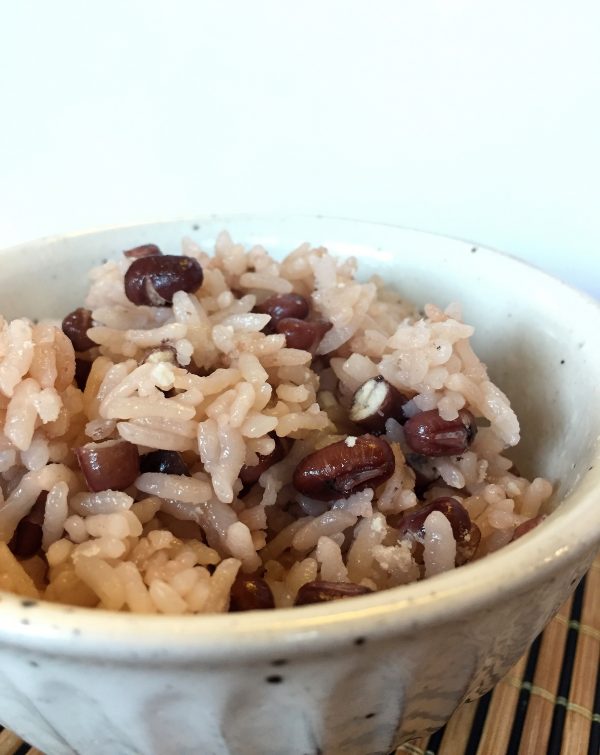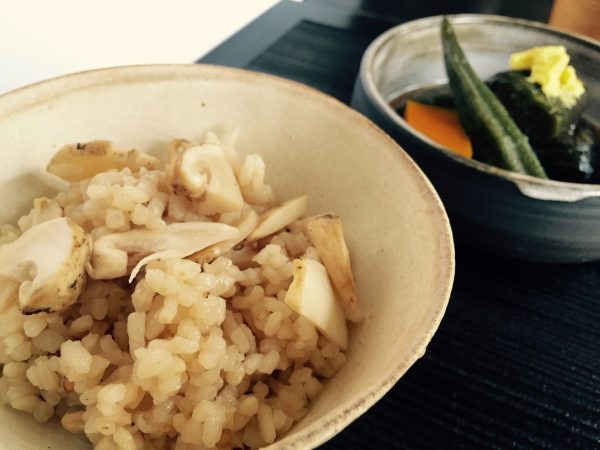| Servings |
|
- 3 x 3 inch square kombu - available at Asian grocery stores dried kelp
- 800 ml. water
- 1 ear fresh corn shucked and kernels removed from cob (reserve cob for broth)
- 4 okra sliced diagonally – if not available, blanched green beans or sugar peas can be used instead
- 2 - 3 tbsp. miso paste of your choice
- 2 tbsp. tbsp. chopped green onion for garnish
Ingredients
|
|
- Put a sheet of kombu, the corn cob, and water in a saucepan and bring to a boil over medium-high heat. Once mixture is boiling, remove the kombu. Cook another five minutes and remove the cob.
- Note: bonito flakes are not necessary in this recipe because the corncob makes a rich broth, but for extra flavor, you can add 1/4 cup of bonito flakes with the corncob and strain them out).
- Reduce heat to medium. Add the corn kernels and cook for about one minute more.
- Add okra and turn off the heat immediately. Add miso paste, stirring well until it is dissolved.
- Serve hot in individual bowls, garnished with green onion.





